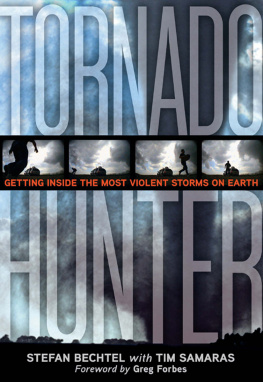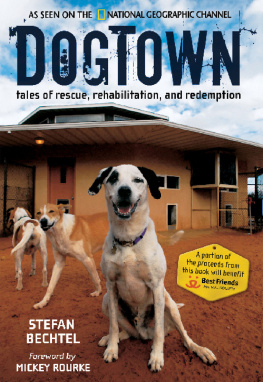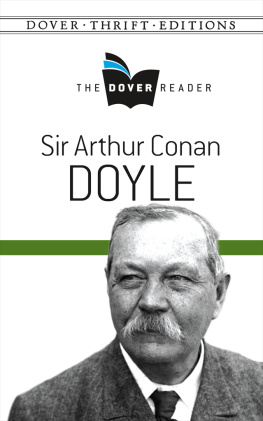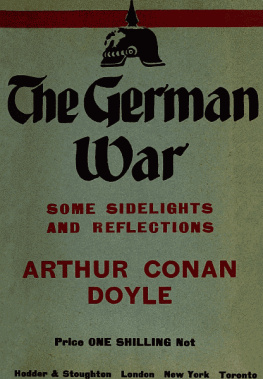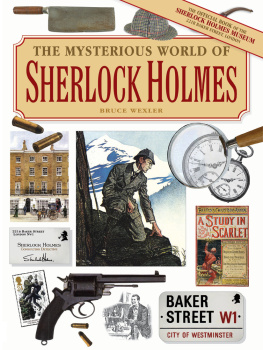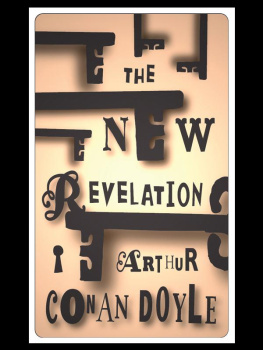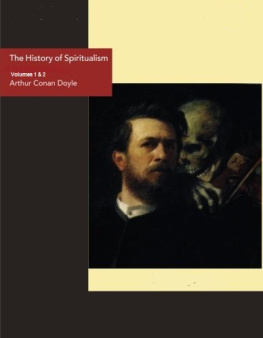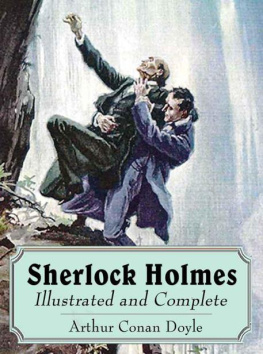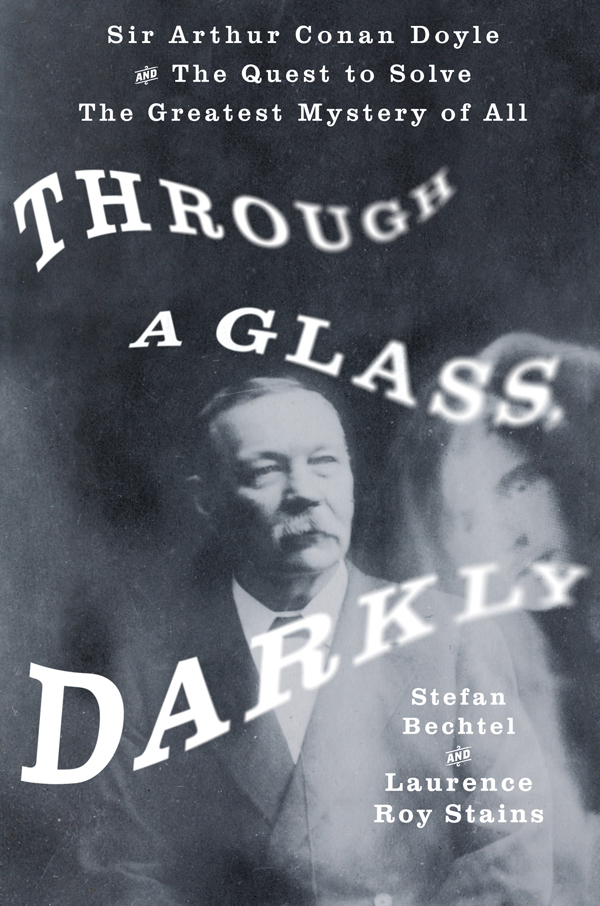Contents
Guide

The author and publisher have provided this e-book to you for your personal use only. You may not make this e-book publicly available in any way. Copyright infringement is against the law. If you believe the copy of this e-book you are reading infringes on the authors copyright, please notify the publisher at: us.macmillanusa.com/piracy.
To my parents, Dr. Paul Moyer Bechtel (19091998) and Mary Krom Bechtel (19232016), whose faith never faltered
S. B.
To my parents, Donald Eugene Stains (19172013) and Shirley Greiner Stains (19221974)
Twilight and evening bell,
And after that the dark!
L. R. S
Wed like to thank the many people who contributed to this fascinating project. Special thanks to Don Fehr, stellar agent at Trident Media Group, without whom this book would never have happened, and to Daniela Rapp, our smart editor at St. Martins Press, for her questions and encouragement. Thanks to our readers Adam Bechtel, Lilly Bechtel, Lawrence R. Bechtel, Charles Shields, Jonathan Rintels, Matthew Carter, and Kay Ferguson. Thanks especially to Tamara Lacy, for her rivers of sweetness and her ability to read between the lines. Thanks to Ron Nagy, historian at the Lily Dale Museum, at Lily Dale (the countrys oldest spiritualist community, in upstate New York), for help with archival photographs. Thanks to the many librarians who have lit our way, especially Mandi Shepp at the Marion H. Skidmore Library at Lily Dale and Kristina De Voe at Temple University. Also to Kate Mix, our tireless photo editor, for the many hours spent tracking down obscure photo permissions. (Its harder than it looks!) Thanks also to Cristina Meisner, Michael Gilmore, and the staff at the Harry Ransom Center, at the University of Texas at Austin, for help navigating through their superb archive of Conan Doyle materials, the best such collection for our purposes in the country. Many thanks to the multimedia artist Tony Oursler for the use of images from his archive. And, of course, hats off to Arthur Conan Doyle and the many other authors over the past century and a half who have contributed to world knowledge about the curiosities and conundrums of spiritualism.
Spiritualism has receded so far into the fogs of history that many educated people today dont even know what it means, or once meant. It meant (and still means, to its comparatively few remaining followers) that the soul is eternal and that the departed are willing and able to communicate with the living.
From the middle of the nineteenth century to the 1930s, spiritualism was a worldwide movement with millions of adherents. But if you were to consult todays online resources for some enlightenment, youd be greeted with the foregone conclusion that it was pure bunk. And that Sir Arthur Conan Doyle, its foremost spokesperson toward the end, was a credulous old fool.
As two journalists fascinated by this extraordinary subject, we decided to approach the historical record without prejudice. We are not true believers, but its fair to say we dont not believe. As we began delving into the rich archival record, we were impressed by the thoughtfulness and sincerity on the part of highly intelligent men and womenincluding some of the finest minds of the day. We were also impressed by their courage. Skeptics quite willfully spread lies about them and attempted to ruin their lives, but they persisted in seeking the truth. They were explorers, every bit as much as the naturalist in the jungle, the adventurer in the Arctic, the scientist in the laboratory.
Were bringing back a fair-minded report of what we found. The record is complex, filled with blatant fraud and at the same time replete with phenomena that are eerily difficult to explain away. What the reader takes away from all this is a personal matter. Are ghosts real? Youll have to decide that for yourself.
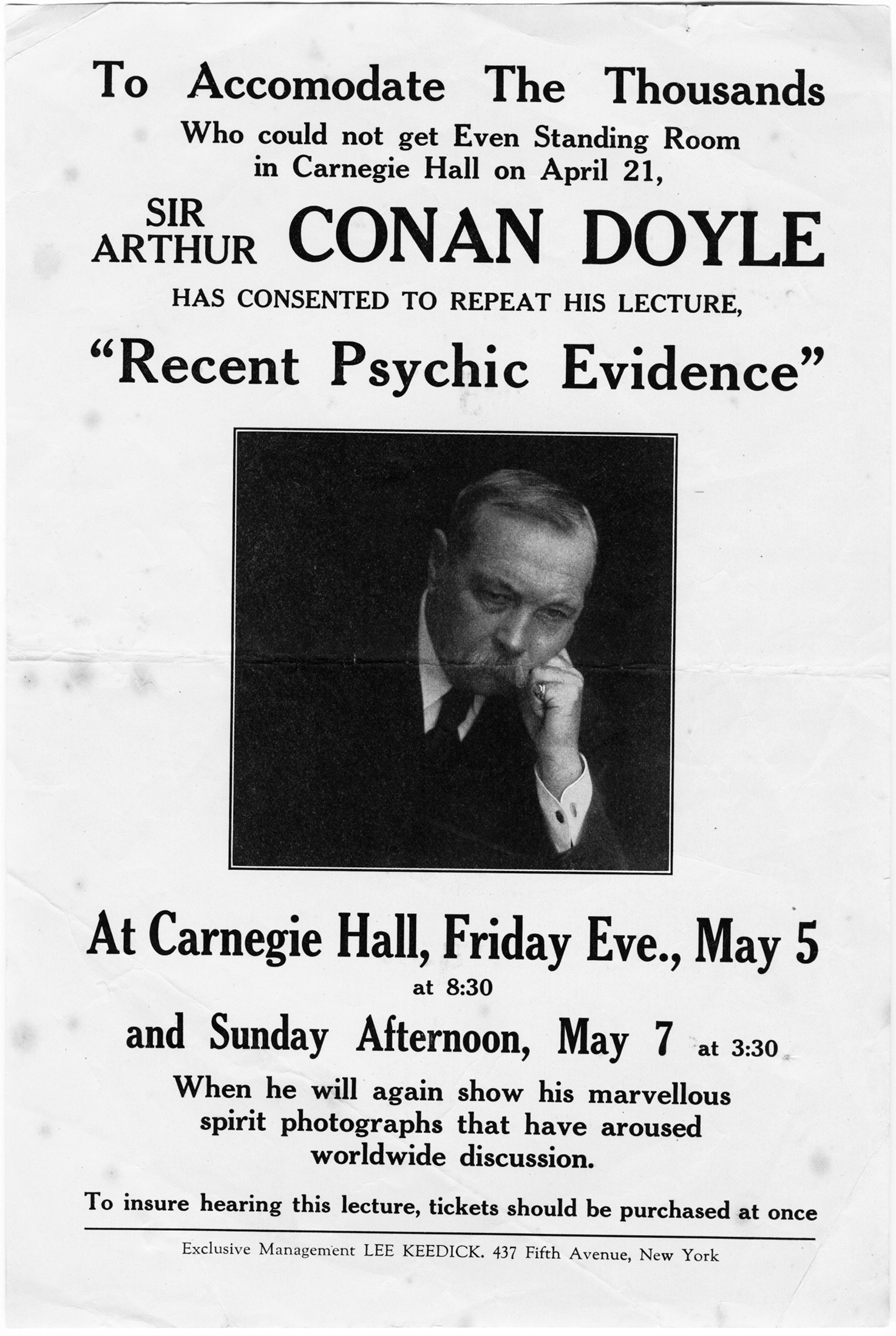
On a triumphal lecture tour to the United States in 1922, Conan Doyle drew rapt crowds eager for news of the world beyond death. He filled Carnegie Hall six times in 1922, and three more times on a return trip in 1923.
THE HARRY RANSOM CENTER, UNIVERSITY OF TEXAS AT AUSTIN
Drifts of white dogwood blossoms had just begun to show in the trees along Seventh Avenue that eerily warm evening of April 21, 1922. People waiting for tonights performance in the main auditorium at Carnegie Hall had formed a queue that stretched all the way down Fifty-seventh to the corner of Sixth Avenue. The crowds were giddy with the balmy air, and nobody seemed to much mind the wait. After all, tonights guest was to be none other than Sir Arthur Conan Doyle, the celebrated creator of Sherlock Holmes and one of the most famous authors in the world.
Sir Arthur and his wife, Lady Jean Doyle, three children, and two nannies had arrived in the port of New York on the ocean liner Baltic three days earlier, for the beginning of Doyles triumphal speaking tour of America. The day after his arrival, Doyle had taken his family to the highest point in the citythe fifty-seventh floor of the Woolworth Building (the Empire State Building did not yet exist) to survey the busy hive of Manhattan Island. There is a rush and roar with a brilliancy and sense of motion and power such as can nowhere else be found, he later wrote.
Many of those waiting in line tonight had come just to lay eyes on the man who brought the world the eccentric sleuth in the deerstalker hat, a surprising number of whom believed that Mr. Holmes was actually a real person. Some had written him letters at 221B Baker Street, imploring his help in some trouble or other; women offered their services as his housekeeper or even their hands in marriage. But fascination with the gaunt, haunted, cocaine-imbibing detective did not fully explain why tonights lecture-demonstration had drawn a standing-room-only crowd of more than three thousand (and, over successive nights, would fill Carnegie Hall five more times and three times the next year, 1923). Because it was by now widely known that Sir Arthur had opened an astonishingsome said, ridiculousnew chapter in his life. The poster for tonights event, on display across the city, summed it up:
Lee Keedick presents SIR ARTHUR CONAN DOYLE, Famous English Novelist, author of the Sherlock Holmes mystery series, whose investigations of Life After Death have aroused worldwide interest.
What had come to be known as spiritualismthe conviction that those who have passed over had the ability and the desire to make contact across the veil of death with those theyd left behindseemed to have bewitched the Western world. Spiritualist lectures filled guild halls and auditoriums with seekers from Boston to Brittany; sances accompanied tea in upper-crust British parlors, and even in the White House; there were state and national spiritualist conventions and summer camps attended by thousands. More than two hundred spiritualist journals, some of them published weekly, had appeared on the market. Thomas Edison and Nikola Tesla were both now searching for the precise electrical frequency that would enable them to create a ghost machinea device that would enable people to communicate directly with the spirit world. The movement had attracted a throng of distinguished seekers, including the Nobel laureate Pierre Curie; the evolutionary biologist and co-discoverer of evolution Alfred Russel Wallace; the Harvard lecturer and psychologist William James; Lewis Carroll; and the Irish poet William Butler Yeats.


